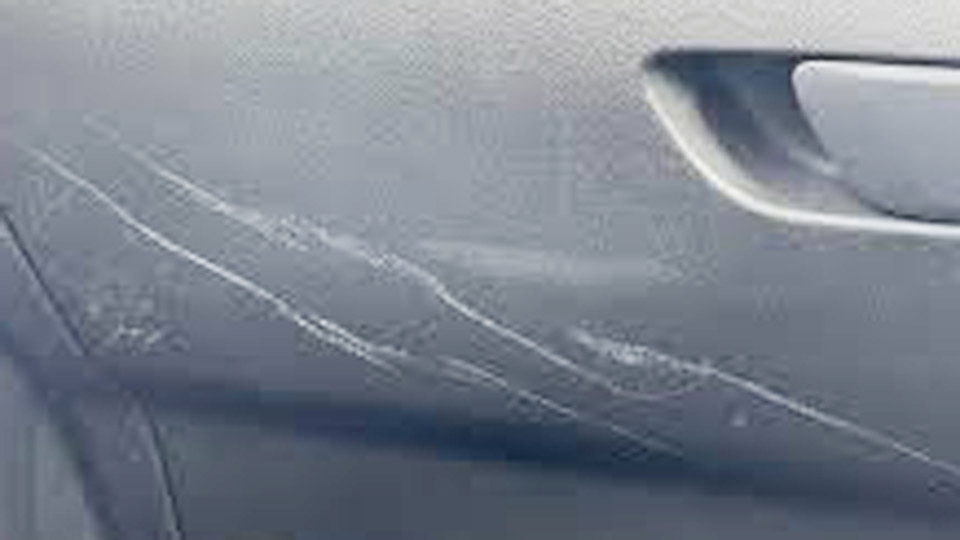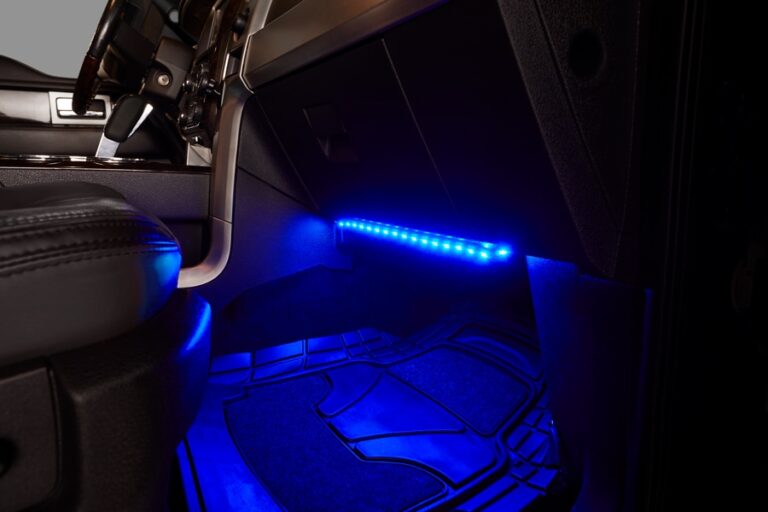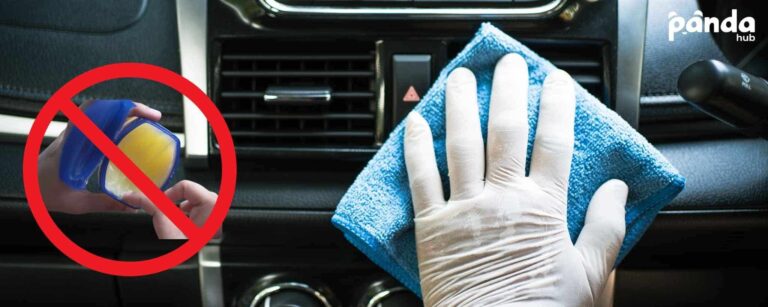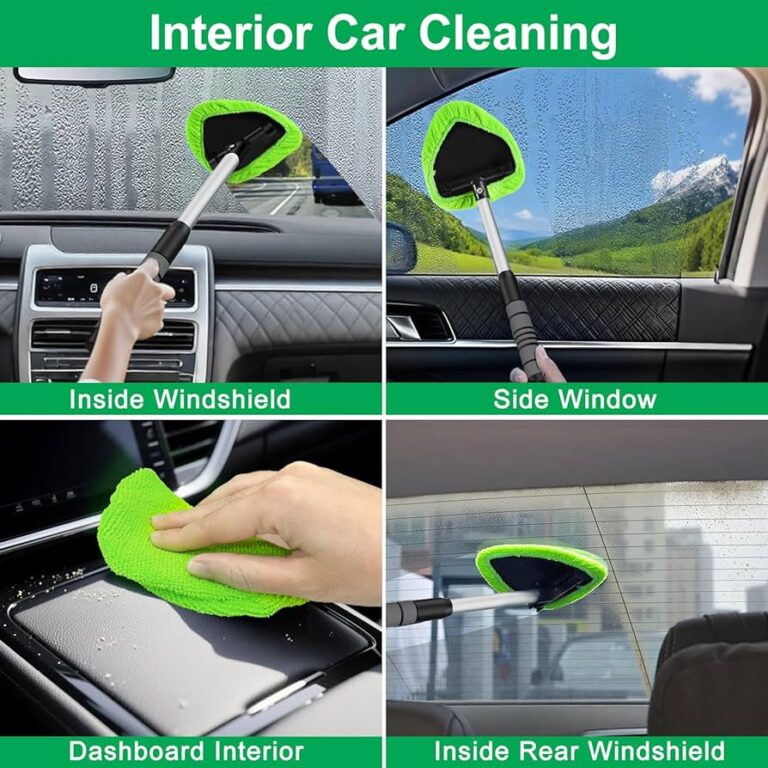Scratches on a car’s plastic interior are one of those things that bug drivers every time they get behind the wheel. Whether it’s from keys, rings, kids’ shoes, or just everyday use, those marks can make an otherwise clean cabin look worn out. If you’ve ever wondered How to Remove Scratches from Car Plastic Interior, the good news is that most of them can be fixed with the right technique.
I’ve handled everything from light scuffs that buff out with a simple plastic cleaner to deeper gouges that need heat treatment or filler before refinishing. The trick is knowing which method matches the type of scratch, so you don’t end up making the damage worse. I’ve seen plenty of DIY fixes go wrong because someone grabbed sandpaper or a harsh chemical without thinking it through—so I’ll walk you through the safe, effective ways to restore that factory look.

Image by reddit
Car Plastic Interior Components
Car plastic interiors include things like ABS (Acrylonitrile Butadiene Styrene) or polypropylene panels used in dashboards, door trims, glove boxes, and console covers. These materials are chosen for their durability, lightweight nature, and ability to mold into complex shapes. In my experience working on American-made trucks like Rams and Jeeps, these plastics hold up well against impacts but scratch easily from abrasives.
Common problems? Scratches are the big one – superficial ones from light contact, or deeper ones from sharp objects. I’ve seen dashboards on older Mustangs where sun exposure makes the plastic brittle, turning minor scratches into cracks. Signs of failure include haze, discoloration, or warping, which can affect how switches and vents function.
When do you need to address them? If scratches are light and not structural, repair is fine. But if they’re deep enough to catch a fingernail or if the panel is cracking, replacement might be smarter to avoid safety issues like sharp edges. I’ve had customers bring in Subarus where ignored scratches led to panels loosening, rattling during drives – not fun on highways.
Types of Scratches on Car Plastic Interiors and How to Assess Them
Before grabbing any tools, assess the damage. I’ve fixed hundreds of these, and it starts with classifying the scratch.
Superficial Scratches: Light Marks and Swirls
These are the faint ones, like from wiping with a rough cloth. On a Honda Civic I restored last year, the door panel had swirls from improper cleaning. What they are: Surface-level imperfections that don’t penetrate the plastic’s core.
Common signs: Dull appearance, visible under direct light. Why replace or repair? They reduce aesthetics and can worsen with dirt buildup.
For assessment, I use a simple trick: Wipe with a microfiber cloth and isopropyl alcohol. If it fades, it’s superficial. No need for full replacement here – repair saves money.
Deep Scratches and Gouges: When Damage Goes Beyond the Surface
Deeper scratches, say from a dog’s claws on a Ford Explorer’s console, cut into the material. These can expose underlying layers, leading to further degradation.
Signs of failure: Rough texture, potential for cracking. In my shop, I’ve seen these on Chevy Tahoes where kids’ backpacks caused gouges that collected grime, making the interior smell musty.
Replacement needed when? If the scratch is over 1/16 inch deep or spans a large area, as repairs might not hold. Otherwise, filling and sanding works.
Environmental Damage: UV Fading and Brittle Plastics
Not a scratch per se, but often accompanies them. UV rays from parking in the sun fade plastics, making scratches more noticeable. On a Jeep Wrangler I worked on, the dash was so faded that minor scratches looked like canyons.
Why it matters: Faded plastics become brittle, increasing failure risk in accidents. Repair early to maintain performance.
DIY Methods to Remove Scratches from Car Plastic Interiors
Alright, let’s get hands-on. I’ve tested these in my garage on real cars, so trust me – they work if done right.
Heat Gun Technique for Light Scratches
This melts the plastic slightly to smooth out marks. What you’ll need: A heat gun (like my go-to Wagner model, around $30 at Home Depot), microfiber cloths, and plastic polish.
Step-by-step:
- Clean the area with soap and water, dry thoroughly.
- Set heat gun to low (around 200°F) and wave it 6 inches away for 10-15 seconds until the plastic softens.
- Gently buff with a cloth. On a Nissan Altima’s dash, this erased key scratches in minutes.
Common mistakes: Too much heat warps the panel – I’ve seen melted vents on botched jobs. Safety tip: Wear gloves, work in a ventilated space.
Pros: Quick, no chemicals. Cons: Risky for textured plastics.
Sanding and Polishing for Moderate Scratches
For deeper ones, sanding evens the surface. Tools: 800-2000 grit sandpaper, plastic filler if needed, and a compound like Meguiar’s Ultimate Compound ($15 at AutoZone).
Guide:
- Mask off surrounding areas with tape.
- Wet-sand starting with coarser grit, progressing finer.
- Apply filler to gouges, let dry, sand smooth.
- Polish to shine. I used this on a Toyota RAV4’s console – turned a gouged mess into factory-fresh.
Anecdote: A customer with a scratched BMW 3 Series dash tried this solo but skipped wet-sanding, ending up with haze. I fixed it by emphasizing water to reduce friction.
Maintenance: Reapply protectant like 303 Aerospace every month.
Chemical Removers and Plastic Restorers
Products like Novus Plastic Polish or Turtle Wax Scratch Remover. These dissolve top layers to blend scratches.
How-to: Apply with applicator pad, rub in circles, buff off. On a GMC Sierra, this handled swirl marks perfectly.
Brands: In the US, Meguiar’s and 3M are reliable – avoid cheap knockoffs that yellow over time.
Pros: Easy for beginners. Cons: Can dull matte finishes.
When to Replace Car Plastic Interior Panels Instead of Repairing
Sometimes, repair isn’t enough. If scratches are extensive or the panel’s integrity is shot, swap it out.
Identifying When Replacement is Necessary
Deep cracks, warping, or if repairs fail repeatedly. On a Dodge Charger I serviced, the dash panel was so scratched from years of abuse that polishing just highlighted the damage – replacement was key.
Why? Safety – loose panels can interfere with airbags. Cost-wise, it preserves value; a scratched interior drops resale by 10-20%.
OEM vs Aftermarket Plastic Interior Panels
OEM (Original Equipment Manufacturer) parts from dealers like Ford or GM ensure perfect fit but cost more – $150+ for a door panel.
Aftermarket from brands like Dorman or ACDelco: Cheaper ($50-100), widely available at O’Reilly Auto Parts or Amazon, but quality varies.
Comparison Table:
| Aspect | OEM | Aftermarket |
|---|---|---|
| Price | Higher ($150-500) | Lower ($50-200) |
| Fit & Finish | Exact match | Good, but may need trimming |
| Durability | High, factory-spec | Varies; premium brands match OEM |
| Availability | Dealer-specific | Nationwide stores/online |
| Warranty | Often 1-2 years | 6 months to lifetime |
| Brands (US) | GM, Ford, Toyota genuine | Dorman, APDTY, Spectra Premium |
Personal insight: On a Chevy Malibu replacement, OEM felt premium but aftermarket Dorman saved the owner $200 without issues.
Pros of OEM: Reliability in high-heat climates. Cons: Lead times.
Aftermarket pros: Affordable for older models. Cons: Fakes abound – check holograms or serial numbers.
Step-by-Step Guide to Replacing a Scratched Interior Panel
Tools: Trim removal kit ($20 at Harbor Freight), screwdriver set, adhesive if needed.
Steps:
- Disconnect battery for safety if near electronics.
- Pry off old panel using plastic tools to avoid new scratches.
- Clean mounting area.
- Align new panel, snap or screw in place.
- Test fit before finalizing.
Common mistake: Forcing clips – I’ve broken many on rushed jobs. Tip: For vehicles like Hondas, heat clips slightly for flexibility.
Compatibility: Check VIN or use RockAuto’s database for US models.
Tools and Products for Removing Scratches: What Works in the Real World
From my toolbox: Microfiber cloths (essential to avoid new scratches), heat guns, sandpaper kits, and polishes.
US-specific: Brands like Chemical Guys or Armor All are staples at Pep Boys. For fakes, buy from authorized sellers – I’ve seen counterfeit polishes that damaged plastics.
Safety: Always use eye protection; vapors from chemicals can irritate.
Maintenance best practices: Park in shade, use dash covers, clean weekly with pH-neutral products.
Anecdote: A buddy’s F-150 had scratches from tools rattling in the console. We used a $10 polish kit – looked new, and he avoided a $300 replacement.
Preventing Future Scratches on Car Plastic Interiors
Prevention beats cure. Apply UV protectants like Lexol Vinylex monthly. For high-traffic areas, add clear vinyl films.
In workshops, I advise customers on Jeeps or SUVs to use seat covers to minimize kid-related damage.
Common questions: “Will this void warranty?” No, for DIY repairs, but check for replacements.
Advanced Tips for Professionals and Auto Students
For you pros or students: Texture matching is key. Use grain pads ($15 online) to replicate factory textures after sanding.
On luxury cars like Cadillacs, color-match paints for edges. I’ve taught apprentices this on Mercedes jobs – patience is everything.
Fake parts: Spot them by weight (too light) or poor molding. Stick to NAPA or Advance Auto for authenticity.
Conclusion: Making Smarter Decisions for Your Car’s Plastic Interior
Wrapping this up, removing scratches from your car’s plastic interior isn’t just about looks – it’s about maintaining a safe, reliable ride that holds its value. Whether you opt for a quick polish on light marks or a full panel swap for deep damage, the key is assessing honestly and using quality tools. From my years in the garage, I’ve learned that rushing leads to mistakes, so take your time, and you’ll save bucks long-term.
FAQ: Common Questions About Car Plastic Interior Scratches
How much does it cost to professionally remove scratches from car interior plastic?
Expect $100-300 at a detail shop, depending on severity. DIY? Under $50 with basic kits from Walmart or AutoZone. I’ve charged $150 for full dash jobs on trucks like Silverados.
Can toothpaste really remove scratches from car plastic?
It can for very light ones – the abrasives polish mildly. But in my experience on Civics, it’s hit-or-miss and can leave residue. Better use dedicated plastic polishes for consistent results.
What’s the best product for black plastic interior scratches?
Meguiar’s Ultimate Black Plastic Restorer – around $10. It hides scratches and restores color. Used it on a Ram 1500; lasted months even in sunny Texas.
How do I fix deep scratches on textured car plastic?
Fill with plastic epoxy, sand, then use a texture spray. On Explorers, this matches the grain perfectly. Avoid if you’re not experienced – pros handle it best.
Are there any home remedies for car interior plastic scratches?
Baking soda paste or olive oil for superficial marks. Rub gently. Worked on a Camry console for me, but it’s temporary – follow with protectant.



